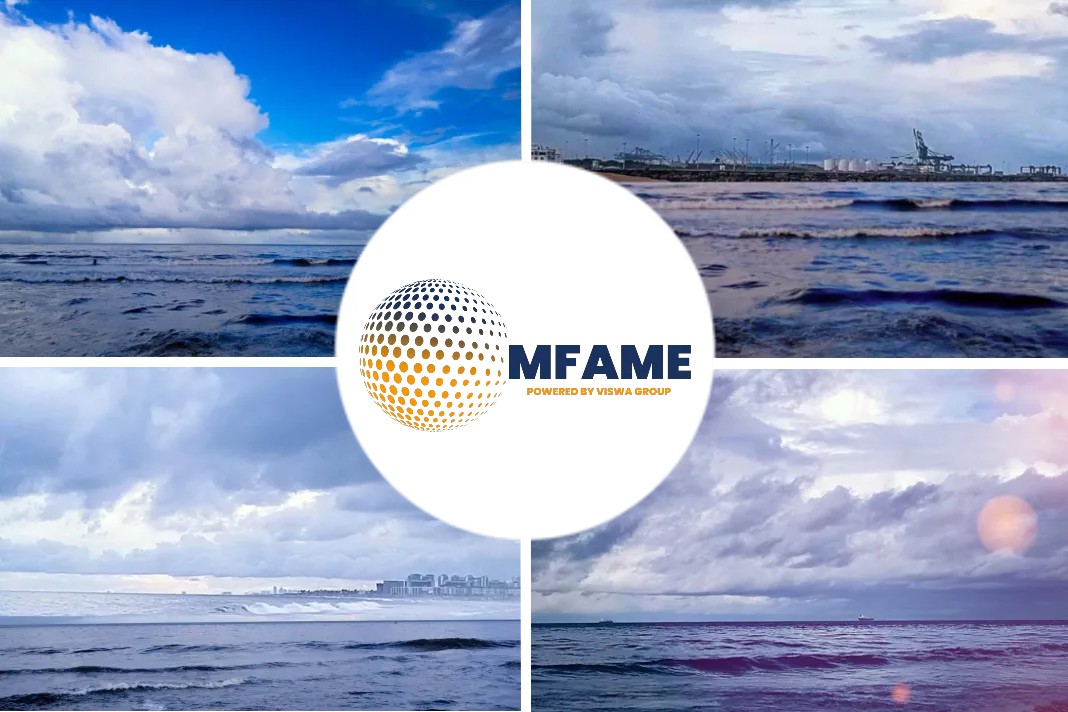- A Greek technology firm has come up with a predictive tool to determine the best path for ships financed under environment-friendly Poseidon Principles.
- The firm’s data analytics tool — called Metis Poseidon Principles Emissions Index — allows shipowners to predict what would be the best option for their ships.
Greece’s METIS Cyberspace Technology has refined its cloud-based data acquisition and ship performance reporting solution to offer shipping’s first tool to predict the trade-off between emissions reduction and debt servicing for ships financed under the Poseidon Principles, reports the company website.
Framework for financial institutions
Designed to incentivise maritime decarbonisation, the Poseidon Principles offer a framework for financial institutions to lend in line with International Maritime Organization goals to halve greenhouse gas emissions by 2050.
Twenty institutions have signed up so far, representing over $150bn in loans – more than a third of shipping’s global financing. Assessing whether ships merit further investment to keep pace with the IMO average efficiency ratio (AER) underpinning the principles will be key but, to date, exact emissions targets have not been forthcoming.
Investment prediction technology
Now, however, the Greek data analytics specialist has created what it claims is the first viable methodology allowing owners to predict whether their ships would benefit most from investment, a change in operating profile or disposal in response to advancing emissions rules.
The METIS Poseidon Principles Emissions Index could even help owners outperforming AER seek to lower borrowing costs.
“The owner calculates an individual ship’s standard deviation from the AER target, then considers the impact of investments or operating guidance on overall costs including outstanding debt,” explained Serafeim Katsikas, the chief technical officer at METIS.
“These calculations also offer a prediction on the costs of servicing debt in the context of emissions restrictions and therefore an assessment of the ship’s viable lifespan.”
METIS index
An owner facing suboptimal AER can also use the METIS index to identify the impact of different shortcomings on ship performance. In its next phase METIS plans to include scenario-based analysis it has developed in order to predict the impact of individual technology upgrades.
Mike Konstantinidis, the CEO of METIS, related a recent job carried out for an owner where METIS went through an entire fleet to work out which ships were economically sound with upcoming regulations such as EEXI and EEDI on the horizon.
The two vessels METIS identified as unlikely to make the cut when new potential regulations come into play in the coming years were swiftly sold by the owner.
“The fourth revolution in shipping is happening – some will not survive,” Konstantinidis said.
Did you subscribe to our daily newsletter?
It’s Free! Click here to Subscribe!
Source: Metis Cybertechnology

















